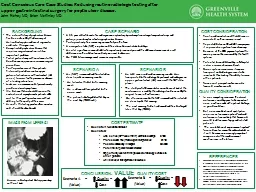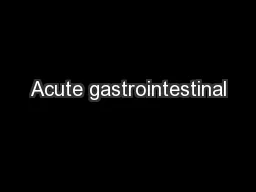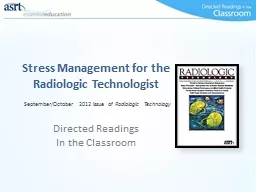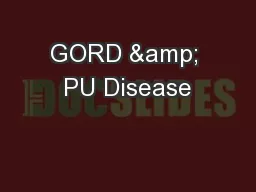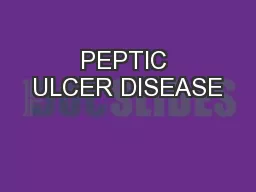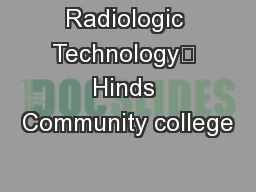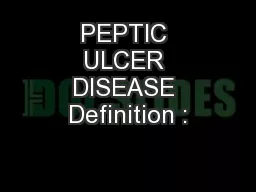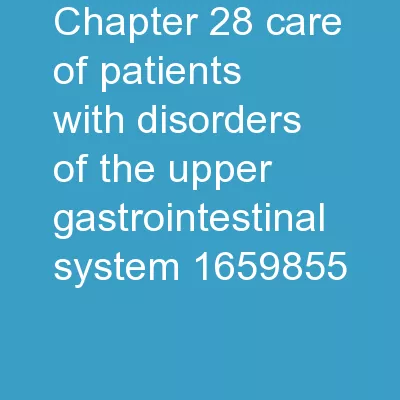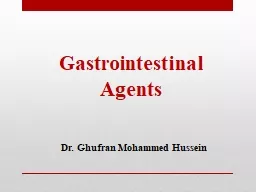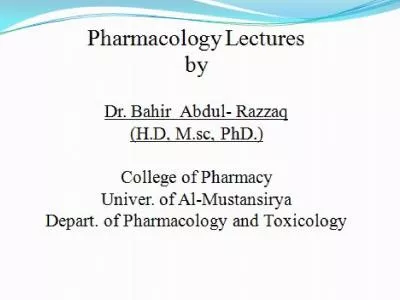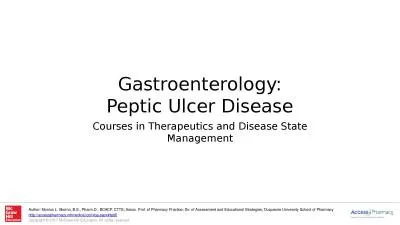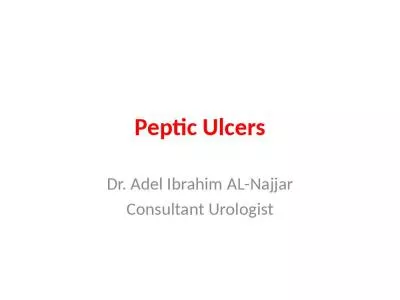PPT-Cost Conscious Care Case Studies: Reducing routine radiologic testing after upper gastrointestinal
Author : myesha-ticknor | Published Date : 2019-10-30
Cost Conscious Care Case Studies Reducing routine radiologic testing after upper gastrointestinal surgery for peptic ulcer disease John Richey MD Brian McKinley
Presentation Embed Code
Download Presentation
Download Presentation The PPT/PDF document "Cost Conscious Care Case Studies: Reduc..." is the property of its rightful owner. Permission is granted to download and print the materials on this website for personal, non-commercial use only, and to display it on your personal computer provided you do not modify the materials and that you retain all copyright notices contained in the materials. By downloading content from our website, you accept the terms of this agreement.
Cost Conscious Care Case Studies: Reducing routine radiologic testing after upper gastrointestinal: Transcript
Download Rules Of Document
"Cost Conscious Care Case Studies: Reducing routine radiologic testing after upper gastrointestinal"The content belongs to its owner. You may download and print it for personal use, without modification, and keep all copyright notices. By downloading, you agree to these terms.
Related Documents

